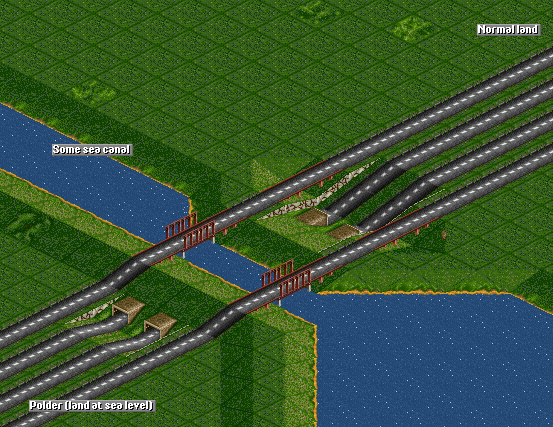Non-blocking SL to ML mergers
With centralized aproach which is taken by #openttdcoop community it’s hard to overstress importance of prioritizing traffic streams. It is very essential to keep mainline traffic moving because under high volume conditions, when trains are closely following each other, slowing down one train means slowing down whole lane. That might (and often does) cause a chain of negative events leading substantionaly lower throughput of network and traffic jams at other part. Bear in mind – stoping traffic is nearly instant, however accelerating whole lane might take months of game time. This is something to be avoided at all costs, sideline traffic must wait untill there is a gap and only then merge into ML without any intereference to ML stream.
This is why i recommend designing SLHs with non-blockign idea in mind and having properly sized priority windows.
